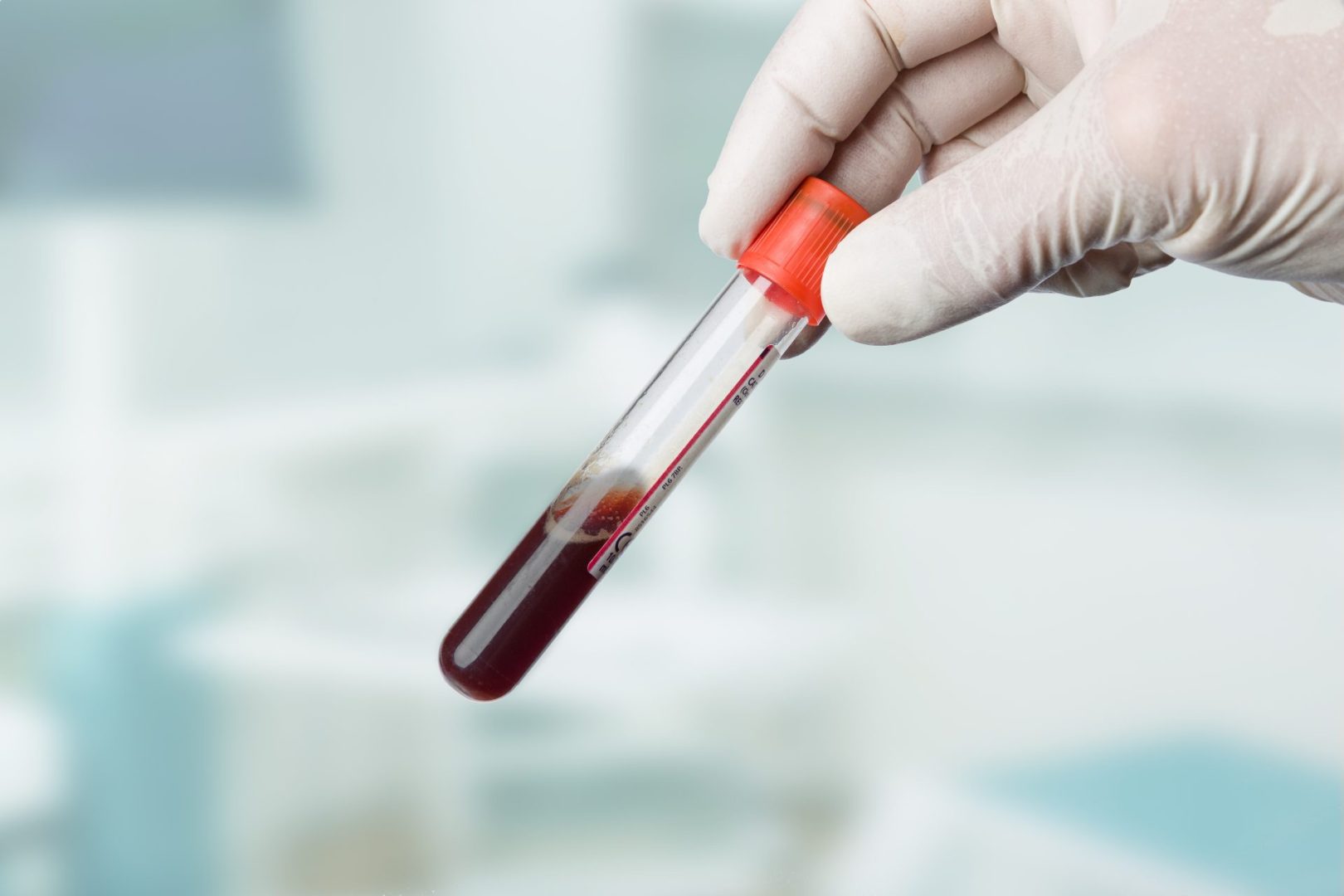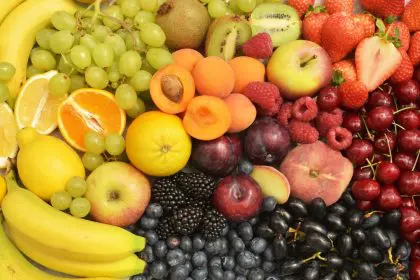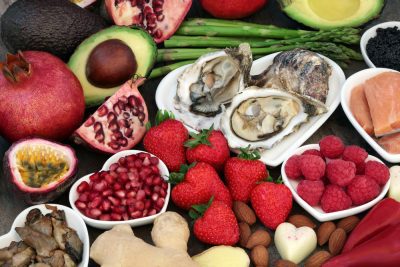Hemoglobin serves as the essential protein in red blood cells responsible for transporting oxygen from the lungs to tissues throughout the body. When levels fall below normal ranges (typically below 13.5 g/dL for men and 12.0 g/dL for women), symptoms like fatigue, weakness, pale skin, headaches, and cold hands and feet often develop.
While medical intervention becomes necessary for severe anemia, mild to moderate hemoglobin deficiencies often respond well to natural approaches. These strategies work by providing the body with the raw materials needed for hemoglobin synthesis, enhancing nutrient absorption, and supporting the bone marrow’s production of healthy red blood cells.
Iron-rich foods as the foundation
Since iron forms the core component of hemoglobin molecules, consuming iron-rich foods provides the most direct approach to increasing levels naturally. Animal sources offer heme iron, which the body absorbs most efficiently, at rates of 15-35%. The richest heme iron sources include organ meats like liver (5.3 mg per 3 oz), oysters (8 mg per 3 oz), beef (2.1 mg per 3 oz), and dark meat poultry (1.1 mg per 3 oz).
Plant sources provide non-heme iron, which though less bioavailable (2-20% absorption), can significantly contribute to overall iron intake. The most concentrated plant sources include lentils (3.3 mg per half cup), spinach (3.2 mg per half cup cooked), tofu (3.4 mg per half cup), and blackstrap molasses (3.5 mg per tablespoon). Combining these foods strategically throughout daily meals establishes the nutritional foundation for improving hemoglobin production.
Vitamin C pairing for enhanced absorption
Iron absorption, particularly from plant sources, increases dramatically when consumed alongside vitamin C-rich foods. This essential vitamin converts iron into a more soluble form and counteracts the effects of absorption inhibitors like phytates and tannins found in many plant foods. Practical pairings include adding bell peppers to bean dishes, squeezing lemon over lentil soup, including strawberries with iron-fortified breakfast cereals, or drinking orange juice with meals. The absorption boost can be substantial—studies show increases of 3-6 times more iron uptake when adequate vitamin C accompanies iron-rich meals. For maximum benefit, consume vitamin C and iron sources at the same meal rather than separately throughout the day.
B-vitamin complex supporting red blood cell formation
Several B vitamins play critical roles in hemoglobin production and red blood cell formation. Vitamin B12 (cobalamin) participates directly in DNA synthesis needed for red blood cell development, with deficiency causing pernicious anemia characterized by abnormally large, fragile cells. Rich B12 sources include shellfish, organ meats, fish, and dairy products, with fortified plant foods necessary for vegetarians and vegans. Folate (B9) works synergistically with B12 in DNA synthesis and cell division, with dark leafy greens, legumes, and avocados providing excellent natural sources. Vitamin B6 (pyridoxine) supports the attachment of iron to hemoglobin molecules, while riboflavin (B2) helps maintain healthy red blood cell membranes. Consuming B vitamins as a complex through varied food sources optimizes their cooperative functions in hemoglobin production.
Copper intake for iron utilization
Though required in smaller amounts than iron, copper plays an essential role in hemoglobin synthesis by facilitating iron transport and utilization. Copper helps mobilize iron from storage sites and incorporates it into hemoglobin molecules through the enzyme ceruloplasmin. Without adequate copper, iron remains trapped in storage, unavailable for red blood cell production despite sufficient intake. Foods particularly rich in copper include sesame seeds (0.7 mg per quarter cup), cashews (0.6 mg per quarter cup), mushrooms (0.3 mg per cup), and dark chocolate (0.5 mg per ounce). Including these foods regularly ensures the body can effectively utilize available iron for hemoglobin synthesis.
Strategic avoidance of absorption inhibitors
Certain dietary components significantly reduce iron absorption when consumed alongside iron-rich foods. Tannins in tea and coffee can reduce absorption by 50-60% when consumed with meals. Calcium, though essential for other health aspects, competes with iron for absorption pathways. Phytates in unsoaked grains and legumes bind to minerals, limiting their bioavailability. Oxalates in some leafy greens like spinach and swiss chard can partially inhibit the iron they contain. Rather than eliminating these nutritious foods, strategic timing makes the difference—enjoying tea or coffee between meals rather than with them, spacing calcium supplements away from iron-rich meals, and using preparation methods like soaking or sprouting to reduce phytate content in grains and legumes.
Aerobic exercise stimulating red blood cell production
Regular moderate aerobic exercise naturally stimulates hemoglobin production through several mechanisms. Physical activity increases oxygen demand in muscle tissues, which the body interprets as a signal to produce more red blood cells through the hormone erythropoietin (EPO). This natural adaptive response helps meet increased oxygen requirements during future exercise sessions. Activities like brisk walking, jogging, swimming, or cycling for 30 minutes five times weekly optimize this effect without creating excessive stress. However, intensity matters—extremely vigorous exercise can temporarily reduce hemoglobin through mechanical breakdown of red blood cells, while moderate activity provides the optimal stimulus for production without excessive destruction.
Herbal supplements with traditional backing
Several herbs have traditional use for supporting healthy hemoglobin levels, with varying degrees of scientific validation. Nettle leaf contains both iron and vitamin C while providing chlorophyll, which has a molecular structure similar to hemoglobin. Alfalfa delivers vitamin K, iron, and chlorophyll, supporting both hemoglobin and overall blood health. Yellow dock root contains rumex crispus, compounds that both provide iron and enhance its absorption from the digestive tract. Dandelion root offers iron along with bitter compounds that support liver function and blood cleansing. While research on these herbs continues to evolve, traditional use suggests potential benefit when incorporated as teas, tinctures, or supplements alongside dietary approaches.
Bone marrow support through nutrient density
The bone marrow, where red blood cells develop, requires comprehensive nutritional support beyond just iron and B vitamins. Vitamin A facilitates stem cell differentiation into red blood cell precursors, with sweet potatoes, carrots, and dark leafy greens providing ample amounts. Vitamin E protects developing red blood cells from oxidative damage, abundant in sunflower seeds, almonds, and wheat germ. Zinc supports proper cell division during red blood cell formation, found in oysters, pumpkin seeds, and grass-fed beef. Rather than focusing exclusively on iron, a nutrient-dense diet rich in whole foods naturally provides this full spectrum of bone marrow-supporting nutrients, creating the optimal internal environment for robust hemoglobin production.
Implementation strategy for maximum results
These 9 approaches work synergistically rather than independently, with optimal results coming from their combined implementation. Begin by incorporating iron-rich foods daily, strategically paired with vitamin C sources at the same meals. Space calcium-rich foods and iron absorption inhibitors like tea and coffee away from iron-focused meals. Include copper and B-vitamin sources throughout the week while establishing a consistent moderate exercise routine. For those with particularly low hemoglobin, herbal supplements may provide additional support alongside dietary changes.
Patience proves essential—red blood cells circulate for approximately 120 days, meaning complete renewal of the body’s red blood cell population requires four months. Most people notice initial improvements in energy and other symptoms within 3-4 weeks as new, healthy cells begin entering circulation, with full hemoglobin normalization potentially requiring several months of consistent implementation. Regular monitoring through blood tests provides objective feedback on progress while allowing for strategy refinement based on individual response.














